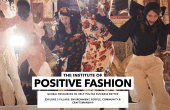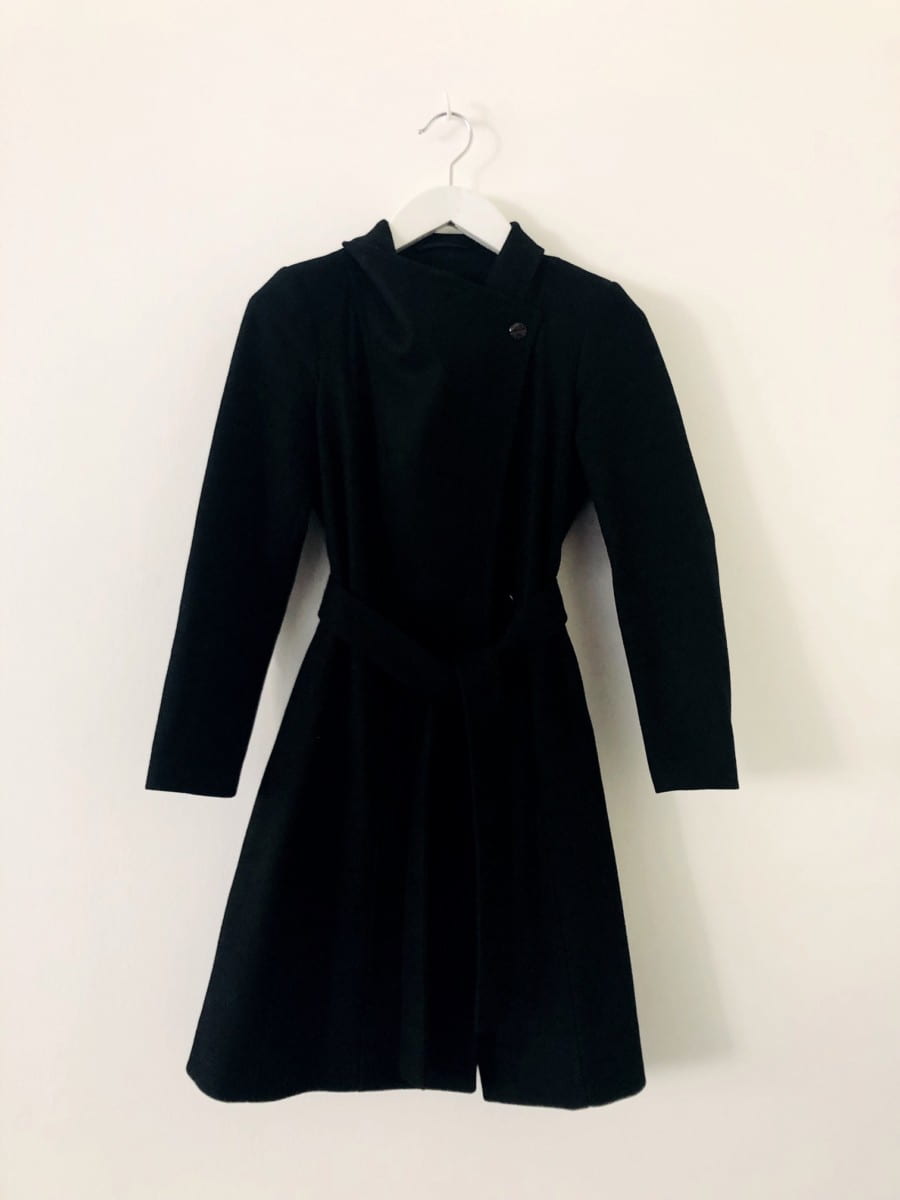Duty: that which one is bound by any obligation to do
I have become increasingly interested in how certain actions become first acceptable to society and then, ultimately, something that you have to do. Following on from that, why do society and culture come to see certain behaviour or beliefs as acceptable when they are clearly destructive and damaging to the individual?
Just look at our relationship with our appearance. Looking after oneself physically is important in how we dress and present ourselves to the rest of society – it is part of both self-respect and how we express respect to the people around us. We have a duty to make our image chime with society’s notion of acceptability. To get a job, we need a certain uniform to denote what we do. We are expected to go to some lengths to take responsibility for our health and well being. As individuals, we sometimes play with that sense of expectation and challenge conventional views- punks and teddy boys were playing that game. However, now it seems that the pressure is to conform to certain ideas of beauty. What happens when the image that society sees as acceptable starts to slip into something that is increasingly destructive?

Thisakya Maya Senanayake. BA (Hons) Fashion Design Technology: Surface Textiles
Fashion is often seen as a major culprit in this: undermining women and their view of themselves. Some argue that through media and publicity the industry steals a woman’s love of herself and then offers it back for the price of a product.
I believe we are playing a dangerous game with our self-esteem. Self-esteem allows us to value and accept ourselves. High self-esteem gives us strong coping skills and persistence in facing up to life challenges, on the other hand low self-esteem is linked to unhappiness and depression. It would appear that the spread of eating disorders, whether anorexia or obesity, the increase in cosmetic surgery and other interventions such as botox are the product of our insecurities and play with our self-esteem.
Dissident voices have been issuing Cassandra like warnings for some time; recently they have been clamouring to make their point. Miss Representation is an American produced film which highlights, in a graphic and shocking way, the sexualisation of women in the media and the lack of representation of real, powerful, intellectual, engaging women. This affects the education and self-confidence of girls and women and undermines their ability to be proud of who they are and their ambitions. The film showed how the sexualisation of women’s imagery meant that was the only value society used to measure success.
In her book Fashion and Celebrity Culture, Pamela Church Gibson highlights the effects of the sexualisation of the female image and the lengths that women will go to construct it. She makes a distinction between the “devotees of high fashion” angular, slim wearing clothes that champion the look of the catwalk, and the more prevalent and acceptable image that is one of “contemporary glamour…many would rather be seen as sexy than stylish” and that this is an image of a “toned down porn star” a look that is false with fake hair, breasts, lips, nails and skin tone.
Recently, when I gave evidence to the All Party Parliamentary Group on Body Image, I was encouraged that our lawmakers are examining these pressures. This inquiry is attempting to gain a better understanding of the causes and consequences of body image anxiety. They have been taking evidence about how the fashion industry, celebrity and the representation – or not – of women in sport are creating an increasing sense of body anxiety. We can challenge some of these stereotypes and begin to encourage other ways to take pride in our bodies and image of ourselves. Perhaps it is our duty to make such challenges.
At the London College of Fashion, we teach students how images are manipulated and can’t be trusted. In our catwalk shows we use models of different sizes, ages, ethnicity and with some disability to make it clear that fashion can be a way of celebrating who we are and that it can positively transform how and we think about bodies. We hold debates on these issues and exhibitions that celebrate different notions of beauty.
However, recent research from the USA which examined the difference between white and black women’s views of their bodies concluded depressingly that because there are fewer representations of black women in the media, they have a far more positive view of themselves. Whilst we all want better representation, perhaps we should be careful about what we wish for. Until we start to fight back and demand that idealised and constructed images of women are not the way to measure ourselves and our success.
For Sublime Magazine




